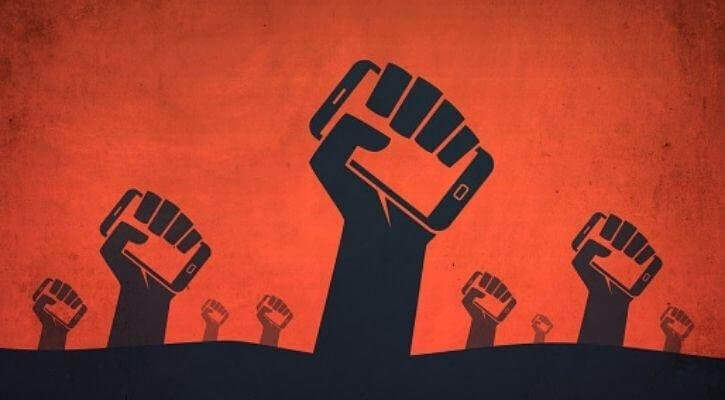In 2023, India retained its title as the global leader in internet shutdowns for the sixth consecutive year, according to a report released by Access Now and the Keep It On coalition on Wednesday.
Key Findings
India witnessed over 116 shutdowns in 2023 alone, marking the sixth consecutive year of this troubling trend. Indian authorities cited reasons ranging from communal tension to violence and exams. Over the past five years, Indian authorities have enforced shutdowns over 500 times, affecting millions in the world’s largest democracy.
Notably, the report highlighted a shift towards regional shutdowns, particularly in Manipur, where 47 shutdowns affected multiple districts due to ongoing ethnic violence. Manipur faced severe repercussions, with roughly 3.2 million people enduring a statewide shutdown for 212 days between May and December.
Thirteen states and union territories imposed shutdowns in 2023, with seven of them disrupting internet services on five or more occasions. Furthermore, the duration of shutdowns exceeding five days surged from 15% in 2022 to over 41% in 2023.
“Across India in 2023, internet shutdowns undermined democracy, with the government implementing more shutdowns than any other on earth, for the sixth time in a row. From Manipur to Punjab, Indian authorities steamrolled over people’s right to free speech, information, and assembly with unjustified shutdowns,” Namrata Maheshwari, Senior Policy Counsel at Access Now said.
And for the SIXTH YEAR in a row, India's tops the list of countries with the highest number of internet shutdowns in the world.
— Saket Gokhale MP (@SaketGokhale) May 16, 2024
India ALONE accounted for 41% of internet shutdowns GLOBALLY.
This means 2 things:
1. Law & order under Modi is the WORST we've had in years where… pic.twitter.com/dRoJYXarYE
Effect
These shutdowns severely impeded the documentation of atrocities, hindering efforts to hold perpetrators accountable, especially concerning gender-based violence. The report also underscored inconsistencies in the publication of shutdown orders, as mandated by Supreme Court guidelines. Despite clear economic repercussions and disproportionate impacts on marginalized groups, including women, authorities persisted in implementing shutdowns across India during protests, elections, and communal violence incidents.
The report contrasted India’s situation with those of other countries, noting Myanmar as having the second-highest number of shutdowns at 37, followed by Iran, Palestine, and Ukraine, respectively.
Overall, the report highlighted the ongoing challenges posed by internet shutdowns, stressing their adverse effects on freedom of expression, access to information, and democratic processes.

